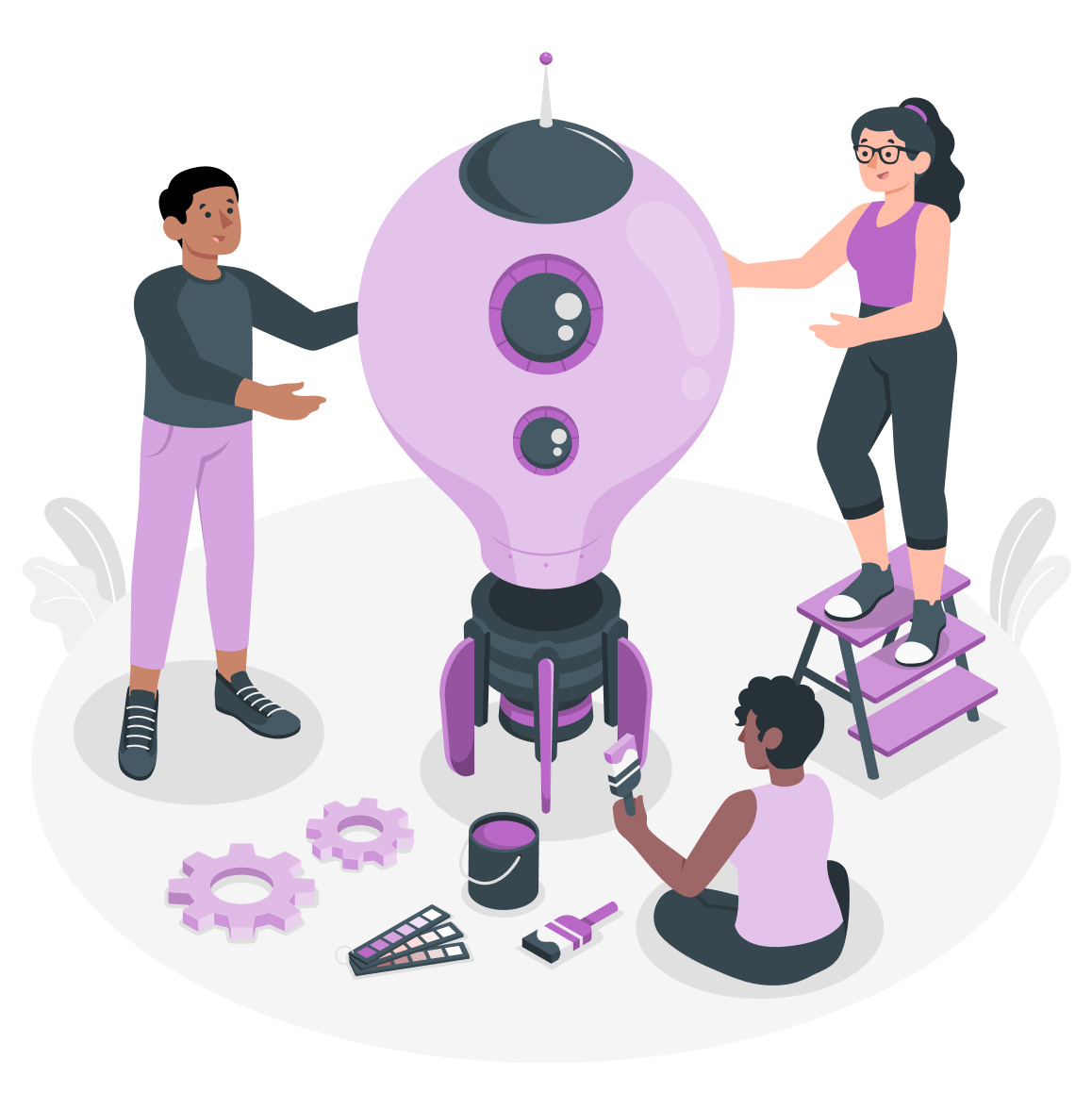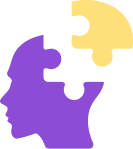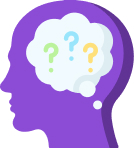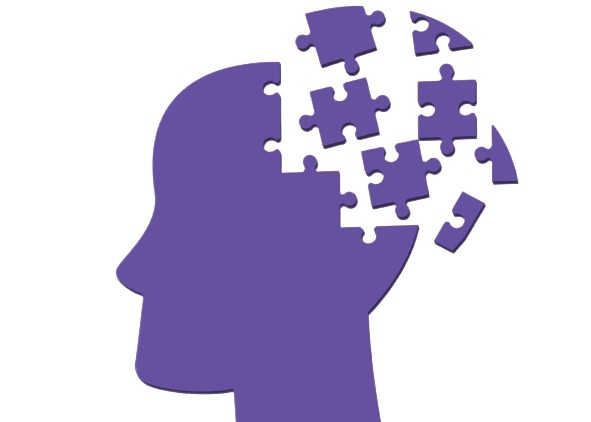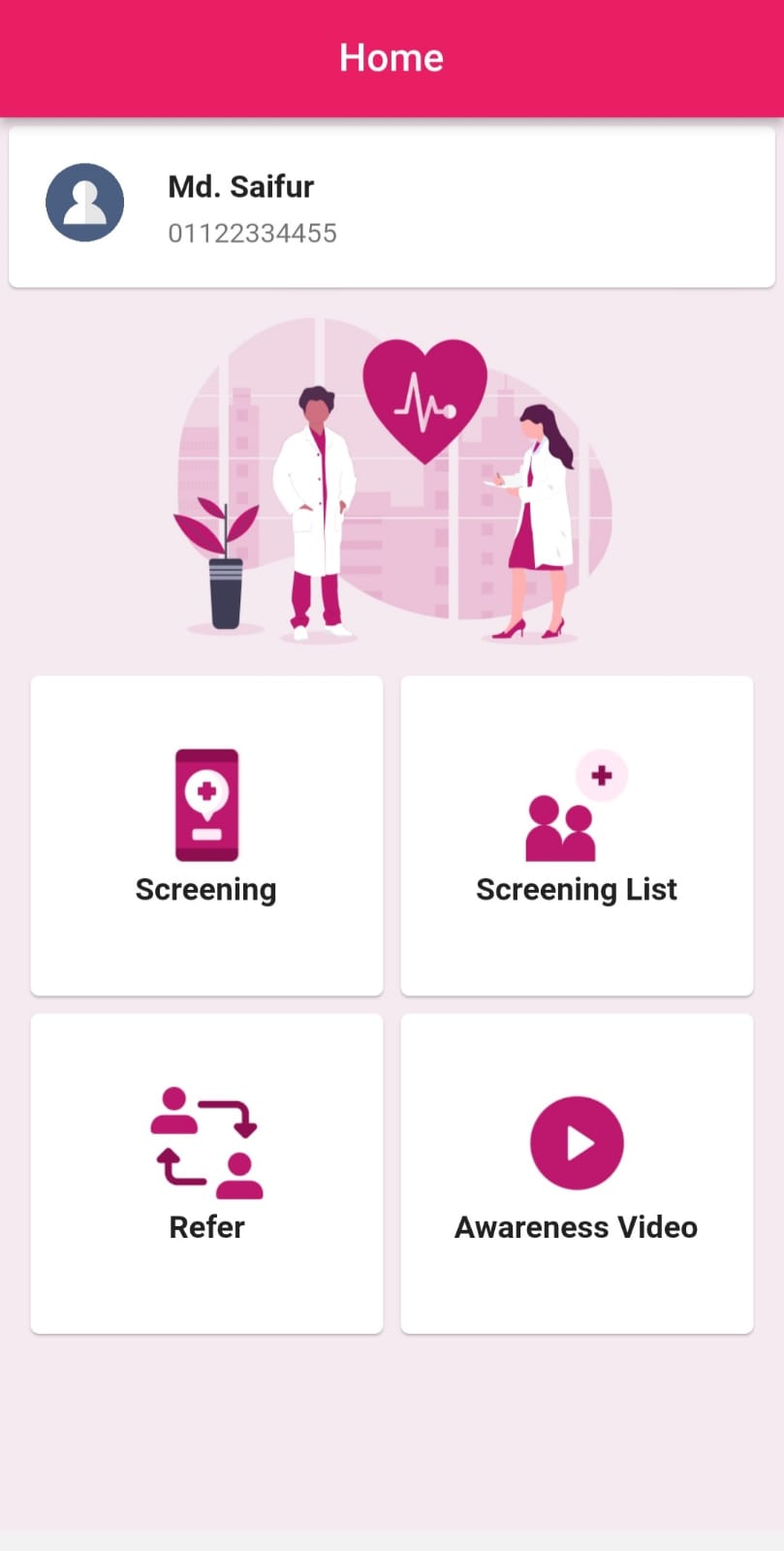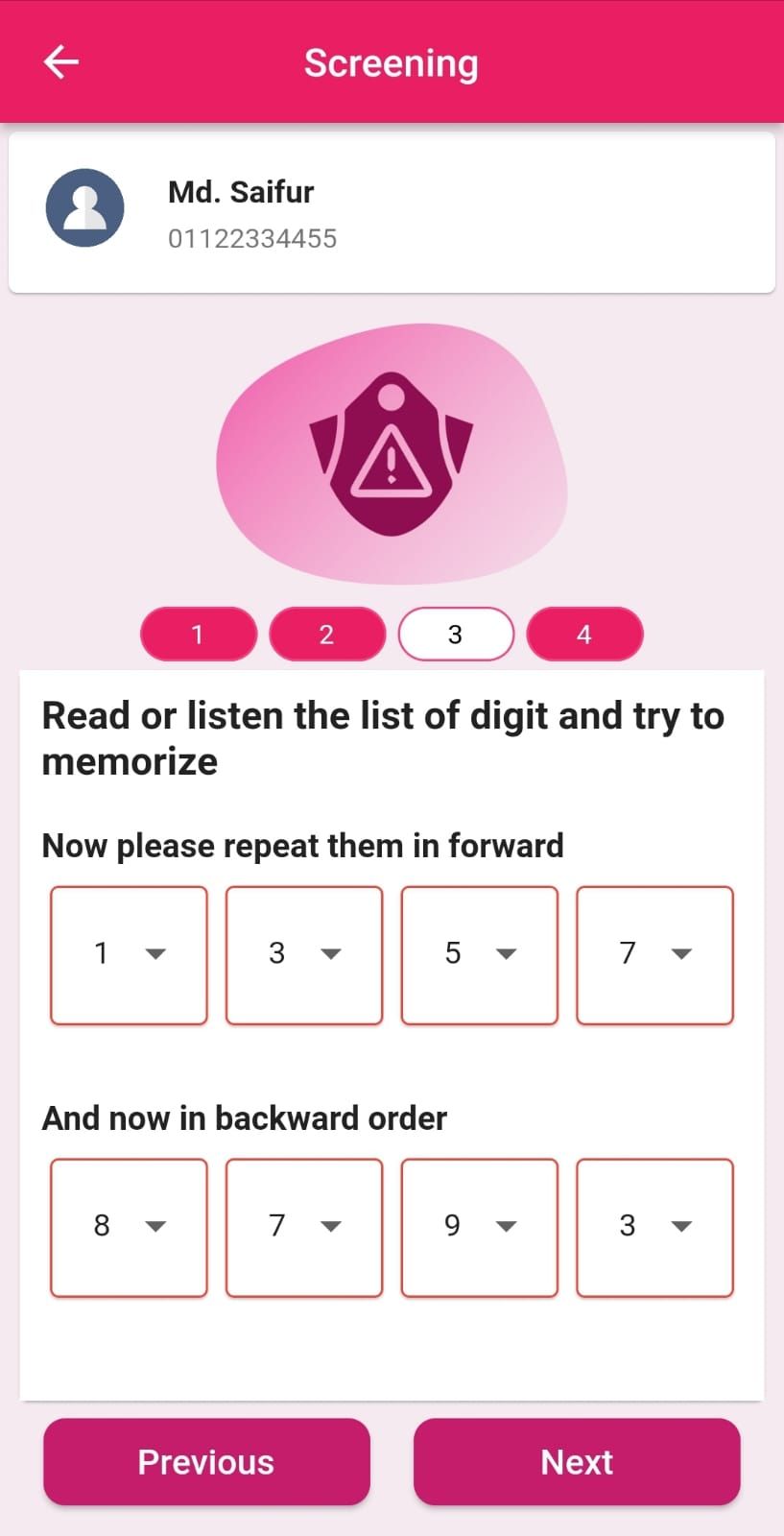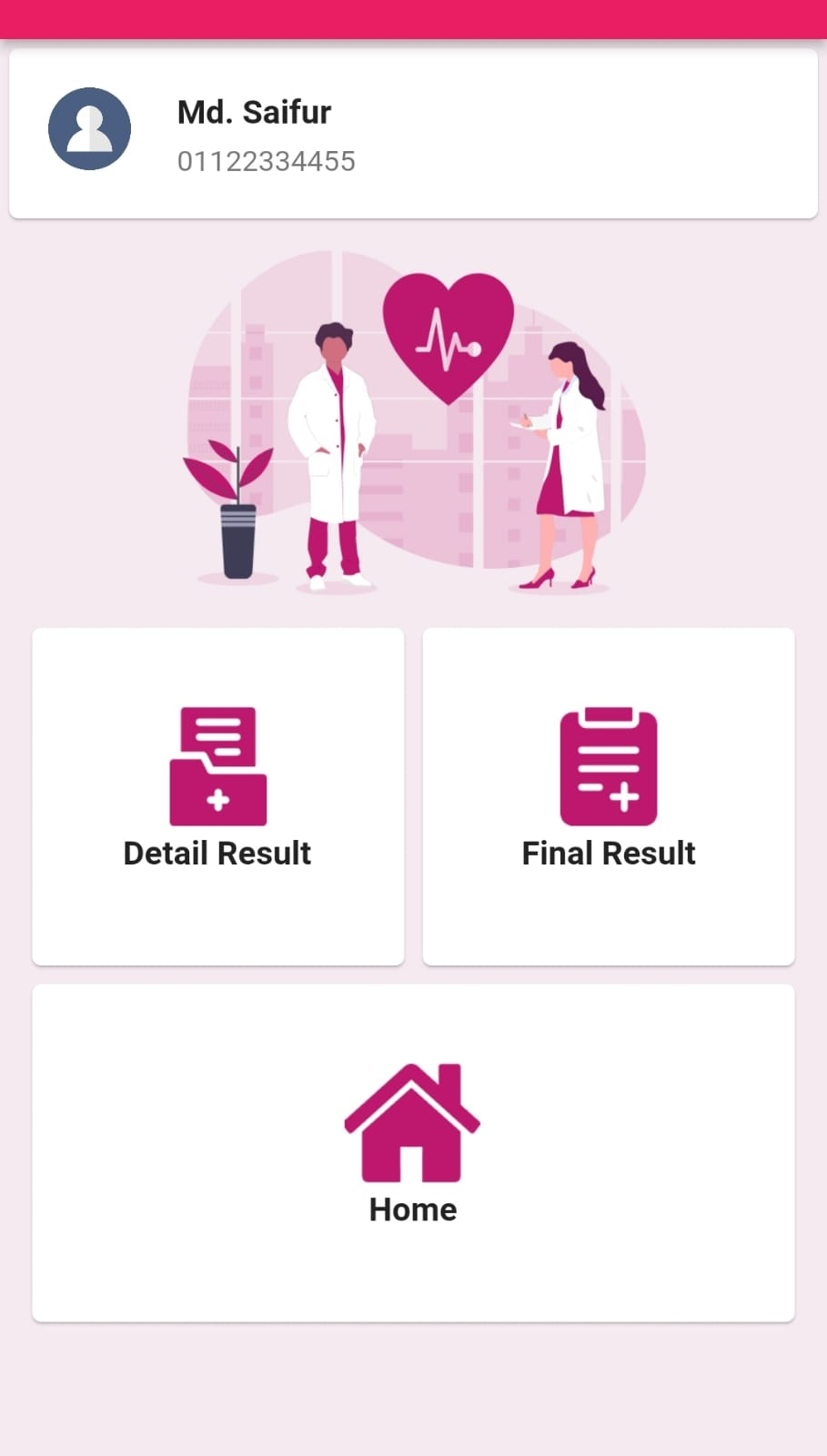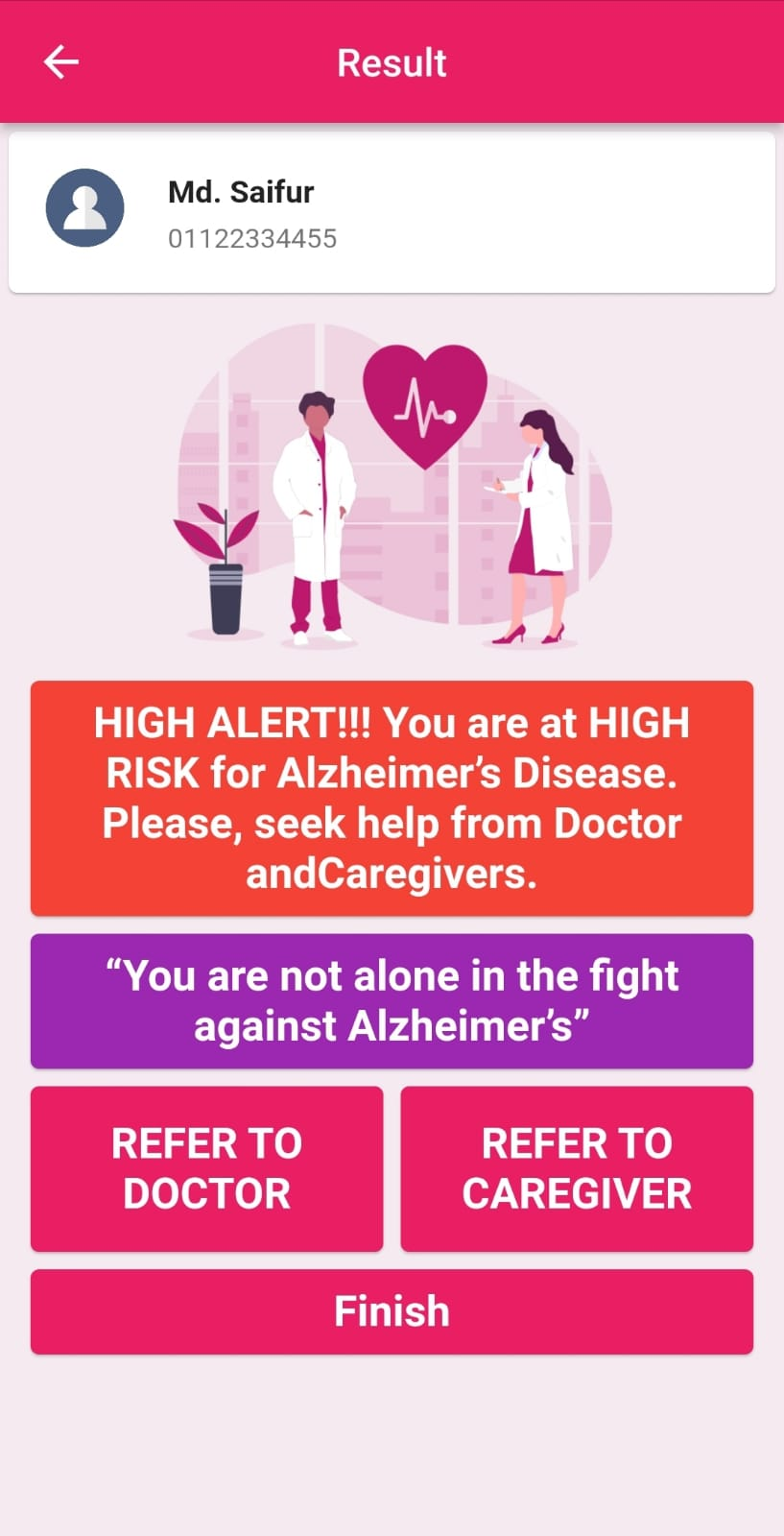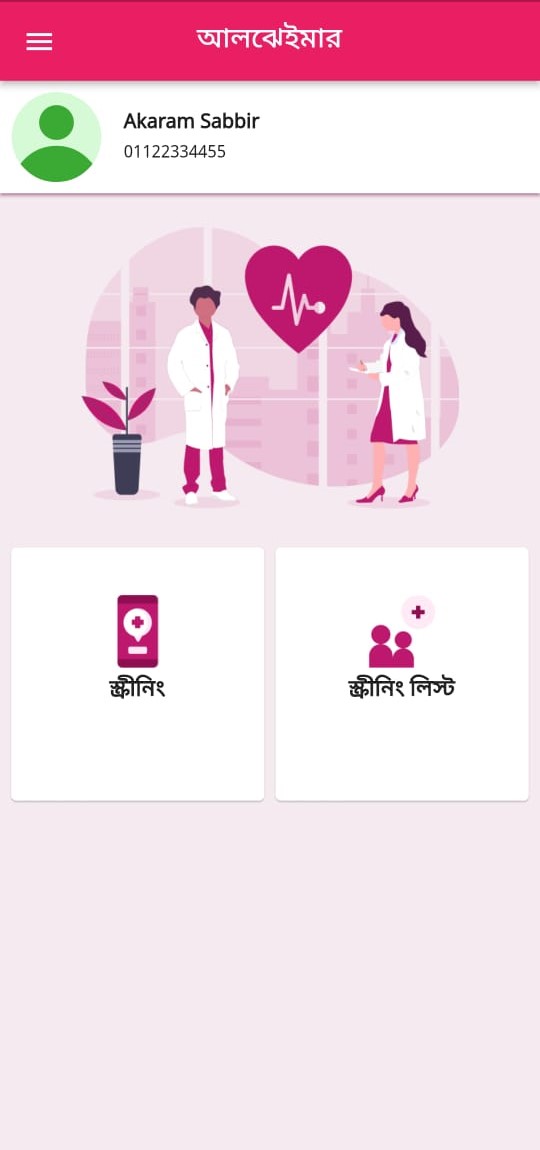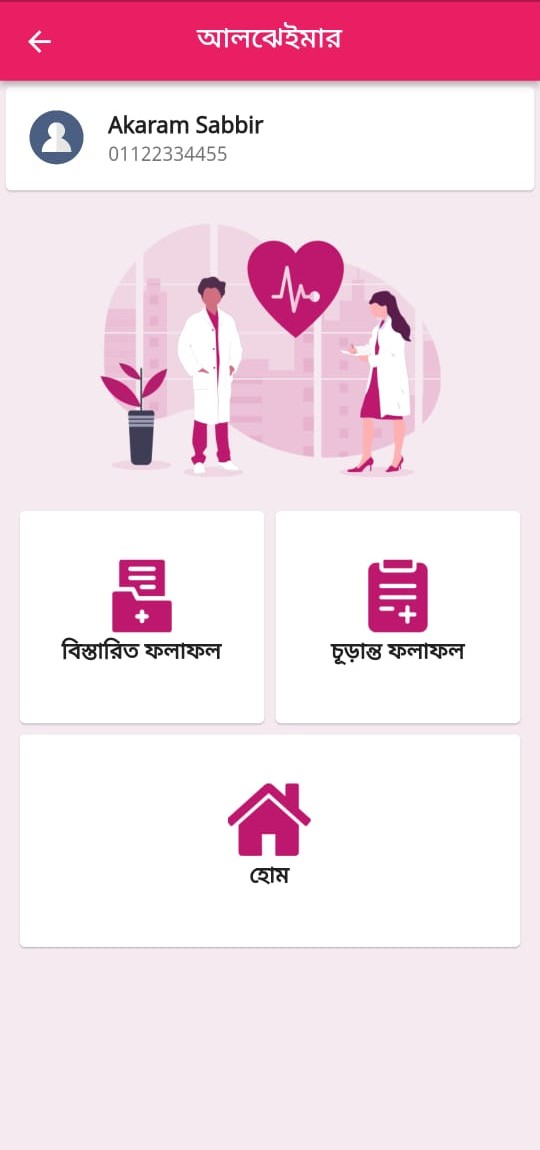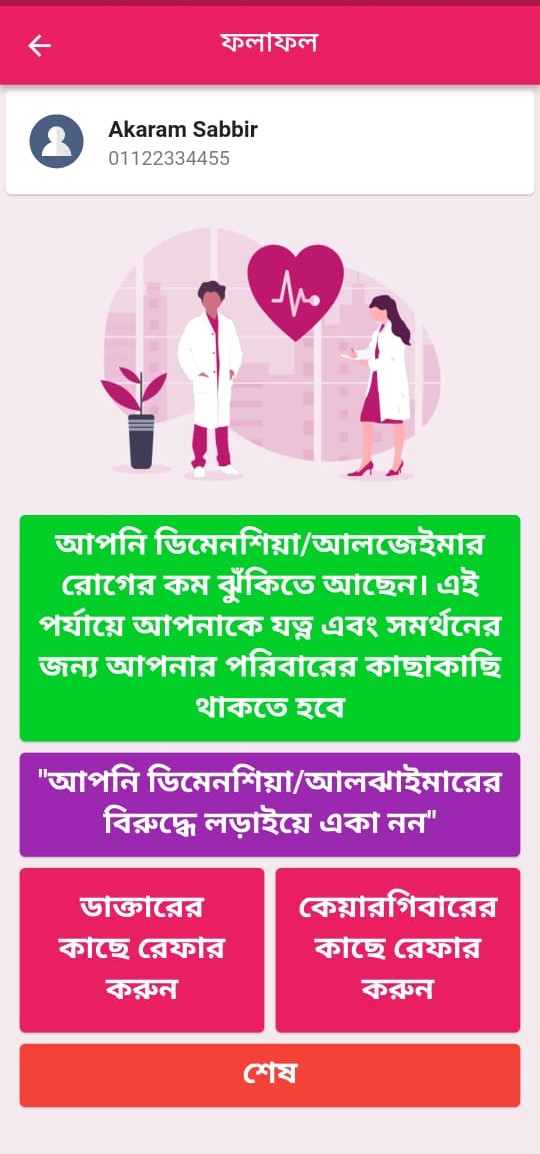 What is the difference between AD & dementia?
What is the difference between AD & dementia?
Alzheimer's disease is a type of dementia. Dementia is a loss of thinking, remembering, and reasoning
skills that interferes with a person's daily life and activities. Alzheimer's disease is the most common
cause of dementia among older people.
 What are the early signs of AD?
What are the early signs of AD?
The earliest symptoms of Alzheimer's disease might vary from person to person, although memory issues
are often one of the symptoms. The very early stages of Alzheimer's disease may also be indicated by a
deterioration in other cognitive abilities, including the ability to express oneself clearly, problems
with vision or spatial awareness, and impaired reasoning or judgment.
 What are the stages of AD?
What are the stages of AD?
Mild Alzheimer’s disease
Memory loss and other cognitive problems get worse as Alzheimer's gets worse. Wandering and getting lost
can be a problem, as can having difficulties in managing money and paying bills, asking questions
repeatedly, taking longer to do everyday duties, and changing their personality and conduct. In this
period, patients are frequently diagnosed.
Moderate Alzheimer’s disease
This stage of the disease involves brain damage to the regions responsible for language, cognition,
conscious thought, and sensory processing, including the capacity to recognize sounds and scents. As
disorientation and memory loss worsen, it gets harder for people to identify their loved ones. They
might not be able to adapt to new circumstances, learn new things, or perform complex chores like
getting dressed. In addition, individuals in this stage may exhibit impulsive behavior and have
hallucinations, delusions, and paranoia.
Severe Alzheimer’s disease
Plaques and tangles eventually cover the entire brain, and the brain's tissue begins to dramatically
diminish. People who have advanced Alzheimer's disease are fully reliant on others for their care and
are unable to communicate. As the body slows down at the end of life, the person may spend most of the
time in bed.
 What are the causes of AD?
What are the causes of AD?
Researchers still don't fully comprehend why most people develop Alzheimer's disease. Age-related
changes in the brain as well as genetic, environmental, and lifestyle variables are likely contributing
factors. Depending on the individual, each of these characteristics may have a different impact on the
likelihood of developing Alzheimer's disease.
 Is AD Hereditary?
Is AD Hereditary?
A lot of people are concerned about getting Alzheimer's disease, particularly if a family member has
already had it. It's not like that you'll get the illness just because someone in your family had.
However, it can imply that you are more prone to get it. Alzheimer's disease risk can be influenced by
an individual's genes, which they receive from their biological parents. Some diseases run in families
due to these risk factors.
 Is there any cure to prevent AD?
Is there any cure to prevent AD?
At present, there is no cure for Alzheimer's disease. Some sources claim that products such as
coconut oil or dietary supplements can cure or delay Alzheimer's. However, there is no scientific
evidence to support these claims.
 Do Alzheimer patients sleep a lot?
Do Alzheimer patients sleep a lot?
A person with dementia frequently spends a lot of time sleeping, both during the day and at night,
especially in the latter stages. For the person's relatives and friends, this can occasionally be
upsetting because they may be concerned that something is wrong.

